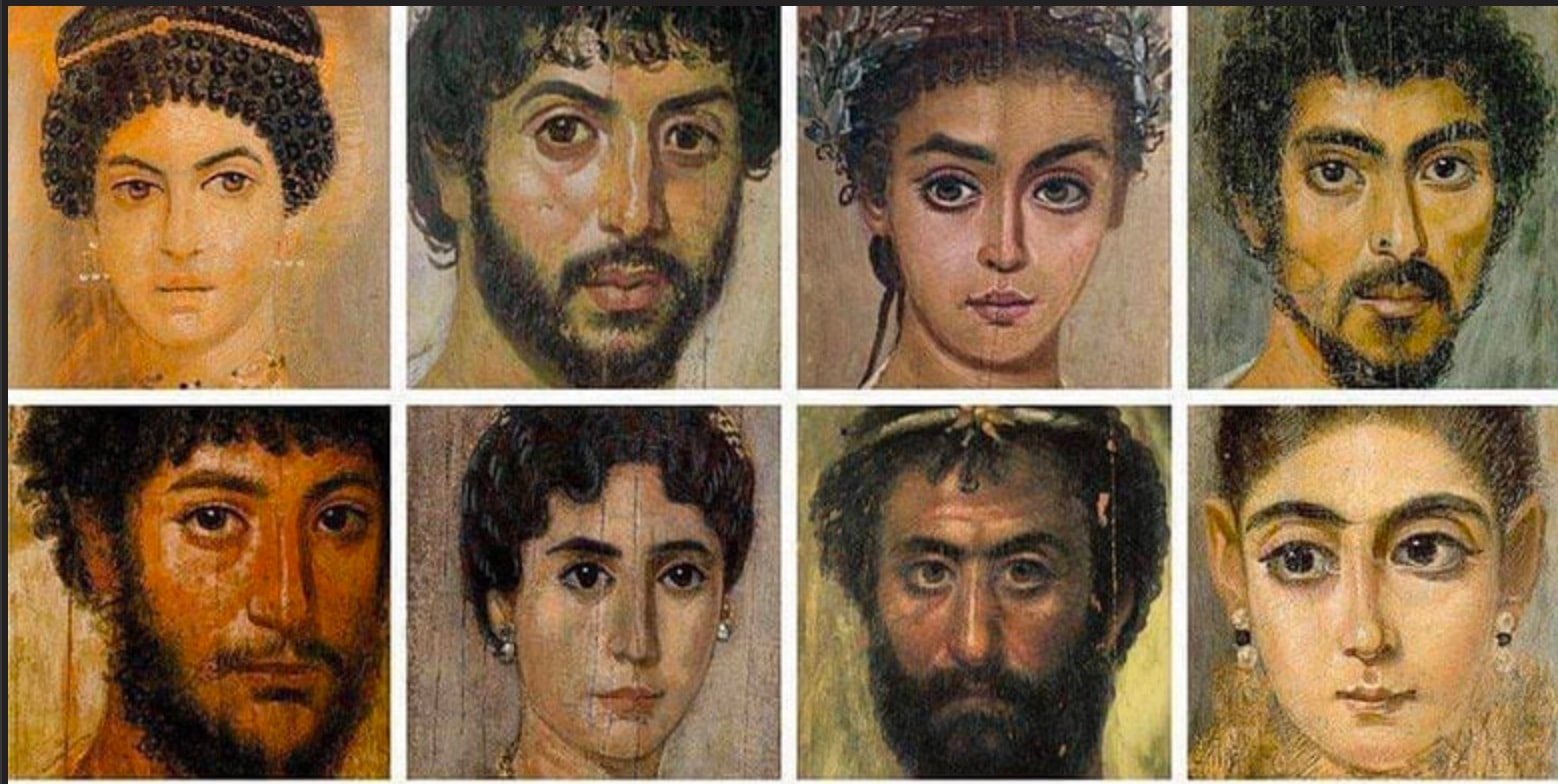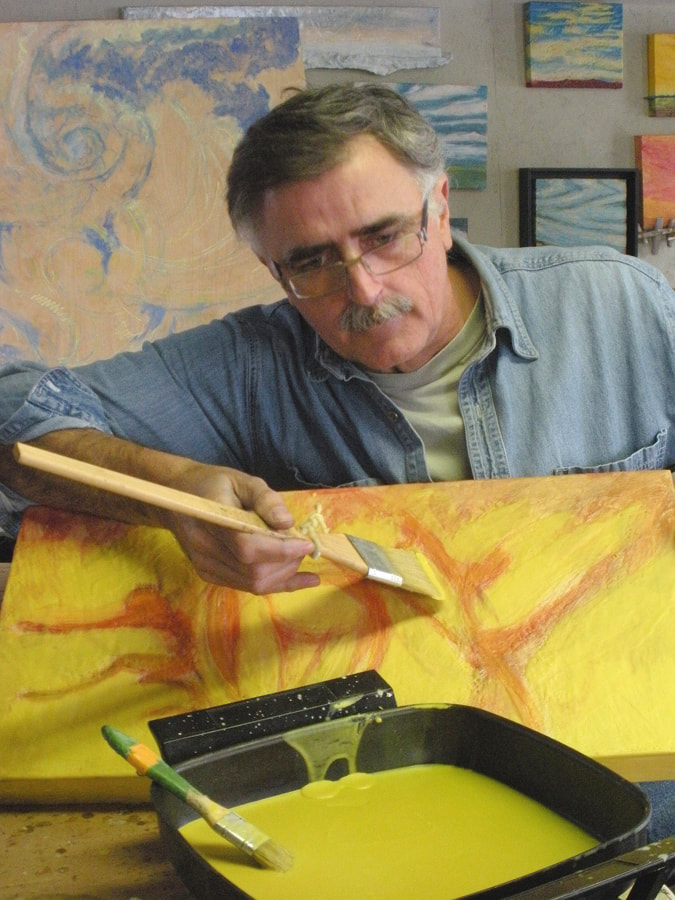History of Encaustic Art
|
Encaustic, meaning “to burn in or fuse”, is an ancient painting medium first practiced by Greek artists as far back as the 5th century B.C. The oldest known pigment binder, encaustic combines molten beeswax with dry pigment and tree resin. Encaustic is impervious to moisture. In ancient Greece, this main preservation property of encaustic was instrumental for weatherproofing Greek ships. Pigmenting the wax also gave rise to the decorating of ships with iconography. Greeks that settled in Egypt adapted the funerary customs of honouring the dead by painting a portrait of the deceased in the prime of life or after death to be placed over the person’s mummy. Most notably known as the “Fayum Portraits”, these are the only surviving encaustic paintings from ancient times that are 2,500 years old, some of which are part of the Egyptian collection at the Metropolitan Museum of Art and museums around the world.
All these works of art are in great condition considering how old they are. As comparison, most Renaissance oil paintings are only 500 years old and cracking and need extensive restoration. After the fall of the Roman empire, encaustic fell into obscurity for a time. Egg tempura, due to its ease of use and low cost to produce, became encaustic’s successor. Leonardo and others attempted unsuccessfully to revive the technique. Later, the 20th century saw a major resurgence of encaustic with the work of Diego Rivera and American Pop artist Jasper Johns and a few others. Today encaustic medium is a very versatile medium that offers a variety of handling methods. Once molten, the wax is applied to the surface with a brush or other tools and fused with a heat gun, heated iron or propane torch. In earlier times, the same fusing process was achieved by putting a flame under metal that heated the entire surface of the painting. Because of the adherent nature of wax, it also works well with collage material. |
Encaustic is best applied to wood, and variety of other surfaces. The wax can be thick or thin, translucent,
clear or opaque, molded, scraped, carved or etched into. Damar tree resin is added to the wax as a hardening agent. Just like in ancient times, this resin is what gives encaustic paintings their rich and glasslike sheen if buffed. Virtually any colour pigment can be added to wax though consistency and pigment particle size varies. Today, the same all-natural formula is often used as in ancient times. The resin also acts as a bonding agent and a hardening agent for the beeswax. Today, oil paint is frequently used for colouring the wax as they both bond well. In the 19th century, Vincent van Gogh also used beeswax to give body to his oil pigment and extend his paints. He was not an encaustic painter but he did use beeswax to make his oil paints. Other famous artists who had worked in encaustic are Pablo Picasso, James Ensor, Klee, Arshile Gorky and David Hockney. Today most fine art galleries represent encaustic artists. Galleries along with the growing popularity of the encaustic medium have brought it into mainstream art appreciation and collection. |
© COPYRIGHT 2024-2025 ANDARA INC. ALL RIGHTS RESERVED.
No content on this website may be reproduced in any form without the advance express written permission of the owners.
No content on this website may be reproduced in any form without the advance express written permission of the owners.



